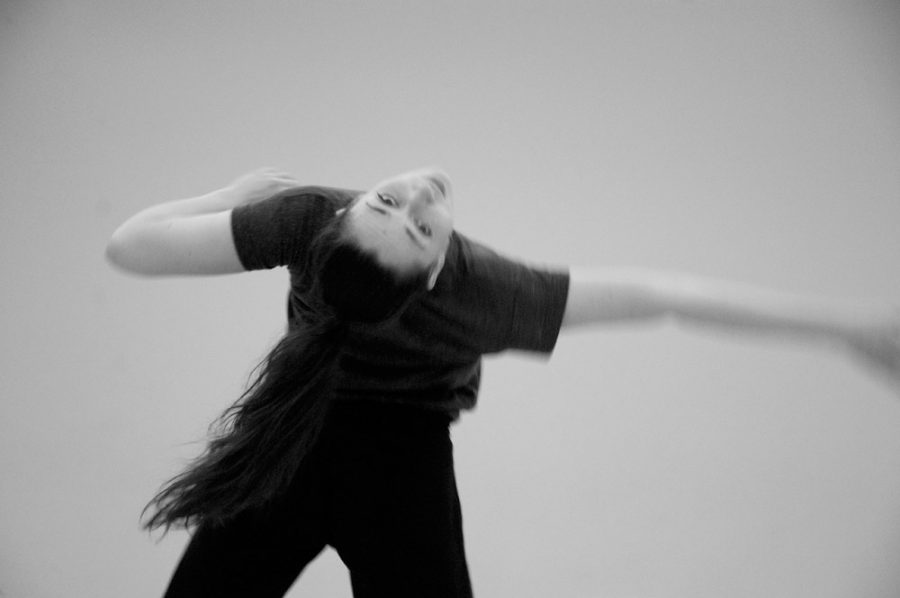@ The Cottier Theatre, Glasgow, on Fri 26 June 2015
The Cottier Chamber Project is a relatively new addition to Glasgow’s lively calendar of smaller arts festivals. Both innovative and fast-growing, it gives a welcome platform for Scottish based dancers and musicians to showcase diverse chamber pieces in the perfectly suited, intimate setting of Cottier’s Theatre. Partly owing to its many nascent side-shoots this year – an extensive exploration of Lieder in the Hunterian Museum, jazz and world music, a photography exhibition – ‘small’ may no longer be an accurate description of its scope. Most excitingly, the opportunities the festival creates for groups of musicians and dancers to collaborate, rehearse and perform together, show a commitment to a broad and imaginative style of planning.
In this closing Music and Dance Chamber piece, Fray, the sort of thrillingly ambitious choreography and collaboration this curatorial style gives rise to ambles sure-footedly into the bewitched audience’s sightlines. The rudiments are not huge, though colourful enough to pique curiosity: six instrumentalists at the back of the floor (Daniel’s Beard, comprising violin, viola, cello, clarinet, horn, piano), five dancers of the High Heart Dance Company (costumed as a 2 versus 3 pairing), a weighty musical programme, and ‘fight or flight’ as choreographic theme.
Things certainly do fly, as the music of the first two composers – Christopher Rathbone and Nadia Boulanger – inspire a less agitated, more graceful dance than the theme conspires to suggest. A playful ostinato-like choreographic configuration has all five dancers bobbing to the same curious step, until duos and trios throw down new avenues for exploration. With the husky tones of Boulanger’s harmony and gentler instrumentation (played with zeal by Liivi Arder and Sonia Cromarty) some duos become altogether softer and more sensual.
But the guttural fight and flight dimensions are brought spluttering to the foreground with the music of Krysztof Penderecki, whose Sextet’s skittish repetitions and flighty themes most closely mirror thematic expectations. The sheer scale of the work’s ambitions becomes clear at this point: with the variety of motivic material, the length of the music, and the continuing complexity of much of the choreography, it’s difficult to say why it doesn’t fall into incomprehensibility.
A steady flow of intriguing detail eddies smoothly into the dance; arms flicking up in an un-dancerly way, like a tension-releasing tick, the support of a duo partnership played out in shadowed remembrance, strangely awkward lifts, lifts with gorgeously elegant lines, floor-based sequences that spring up to powerful squats and much more. Even as an elemental horn call sneaks in from the back of the theatre (the horn player is required to change location mid-proceedings) Diana Loosmore is still rooting for more dance vocabulary. The neuroticism of these fragments is carefully controlled, so often tapering into something warmer and more playful, even during the Penderecki. While the mood strains in different directions, somehow the parts cohere.
Each of the five dancers has unique strengths, and Loosmore crafts their parts (and pairs them) accordingly. Their timing is also impeccable, with miraculous delays in unison parts sculpting motion so that it fits the ends of musical phrases like perfectly tailored clothing.
Fray is a bold, graceful and refreshingly complex work. The packed theatre and rapturous and lengthy applause spell one message to The Cottier Chamber Project for next year: Glasgow is eager for more.
